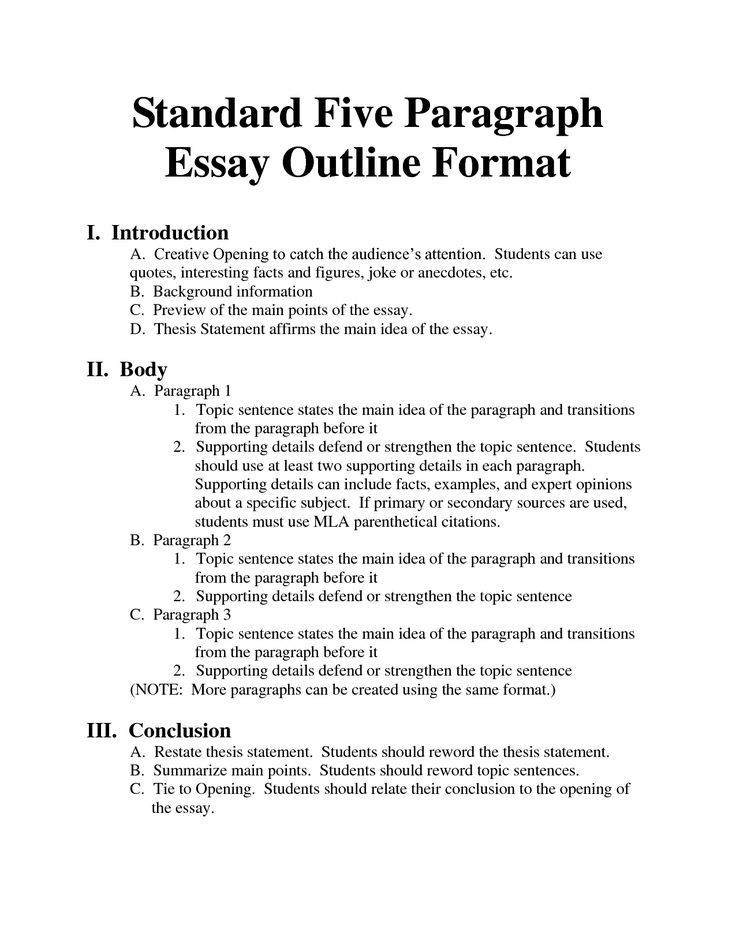If you’re wondering how to write a Chevening essay, you’re not alone. Several Chevening scholars have become global leaders, and some have even achieved the highest honors in their fields. Whether you’re applying to attend one of these programs or a different one, there are a few key elements to consider when writing your essay. Here’s a step-by-step guide.
STAR approach to writing a chevening essay
A STAR approach to writing a Chevening essay helps applicants make the most of the limited space allotted for the application. The essay prompt asks applicants to give examples of their leadership in action. The ideal example is one in which you can demonstrate that your leadership actions have had an impact. Using the STAR approach will help you keep your essay concise, manageable, and to the point.
Use examples of your leadership and networking. Your examples should illustrate how your experiences align with the Chevening criteria. If possible, use the STAR approach to give examples of your previous leadership and networking experiences. By doing so, you will not only get the point across, but also keep the reader engaged. Here are some tips to help you write an effective Chevening essay:
Be ambitious. Chevening is looking for ambitious individuals who aspire to lead. If possible, a prospective Chevening scholar can return to a management position. He/she should be working in a leadership position and not an errand fellow. By presenting plans as an independent, they can impress the review panel. This approach can also help you stand out from the rest of the applicants.
STAR approach to writing a chevening career plan essay
The STAR approach to writing a Chevening career plan essay will help you narrow down the topic. It will be easier for you to stick to the word limit, since each component of the essay has a specific goal. For example, if Chevening is asking you to provide examples of leadership, the ideal example would be one that demonstrates how a leadership action helped you improve your current situation.
The next part of your Chevening application is a career plan, which you must tie into the UK government’s policy on the future. In your essay, explain how you’ll use your degree to further your current career goals. Include how these will relate to the UK government’s policies. If you can outline specific concrete goals, they will seem more achievable. Also, include a brief history of your past experiences and any relevant knowledge you have acquired.
When drafting the career plan essay, make sure you take time to digest the essay prompt. The main objective of the Chevening essay is to show that you’ve reached a senior level in your chosen field. You also need to show that you’ve acquired skills that will prove useful to your chosen sector. Use the STAR approach to writing a chevening career plan essay
STAR approach to writing an essay from a different perspective
While submitting your Chevening essay, it is essential that you incorporate a STAR approach to write your essay. This approach will help you understand the question and write an answer that demonstrates your expertise in the chosen field. You should also consider the priorities of the UK government and the way your experience fits into those priorities. Using a scoreguide can make this process easier for you.
One of the most common questions on the Chevening essay is about leadership. For this question, you should list specific examples of how you have demonstrated your leadership skills. The ideal example should also highlight the impact of the action. The STAR approach will also help you keep your essay concise and manageable in terms of word count. To ensure your success, start by writing your Chevening essay as early as possible.
Then, you must link your introduction with your examples and your conclusion. Use the STAR method to develop a story around your leadership experiences. Make sure to reference a few examples throughout your essay so that your reader can see why they should choose you. You may even want to research some of the projects run by UKDFID in your country and see how you can apply the techniques and concepts you learned there.




